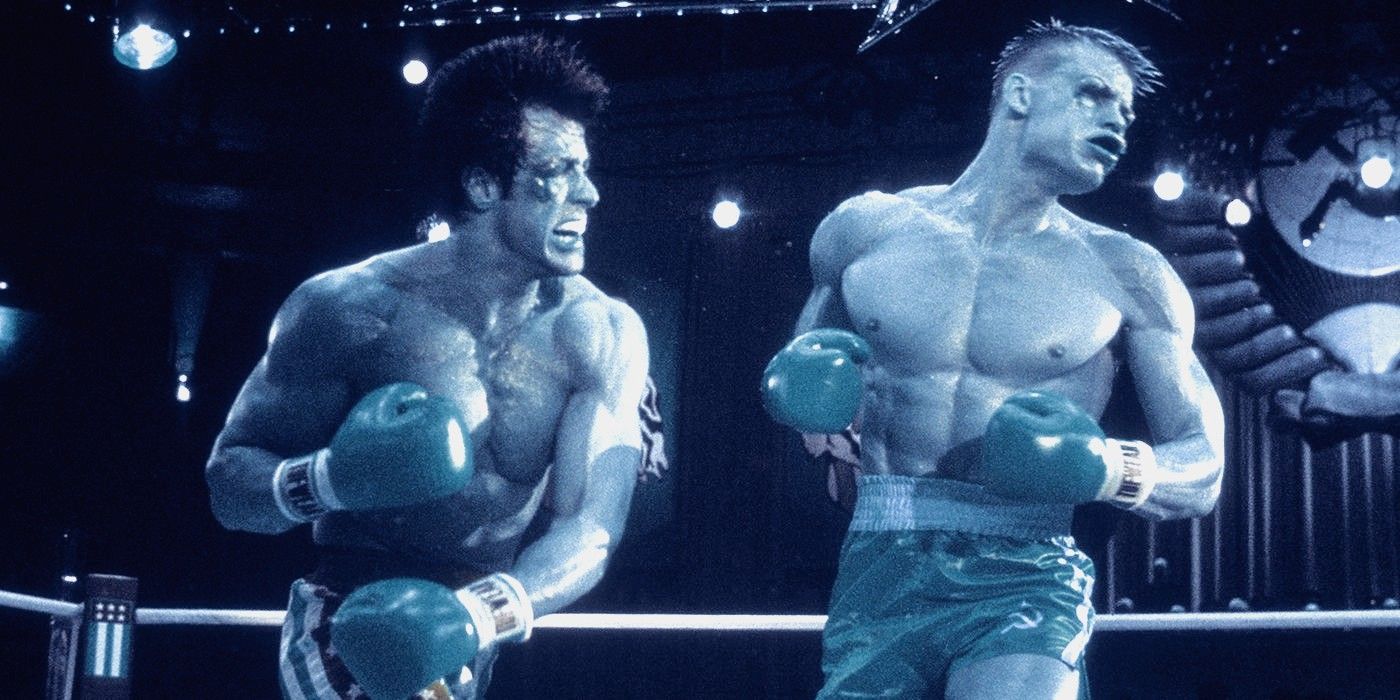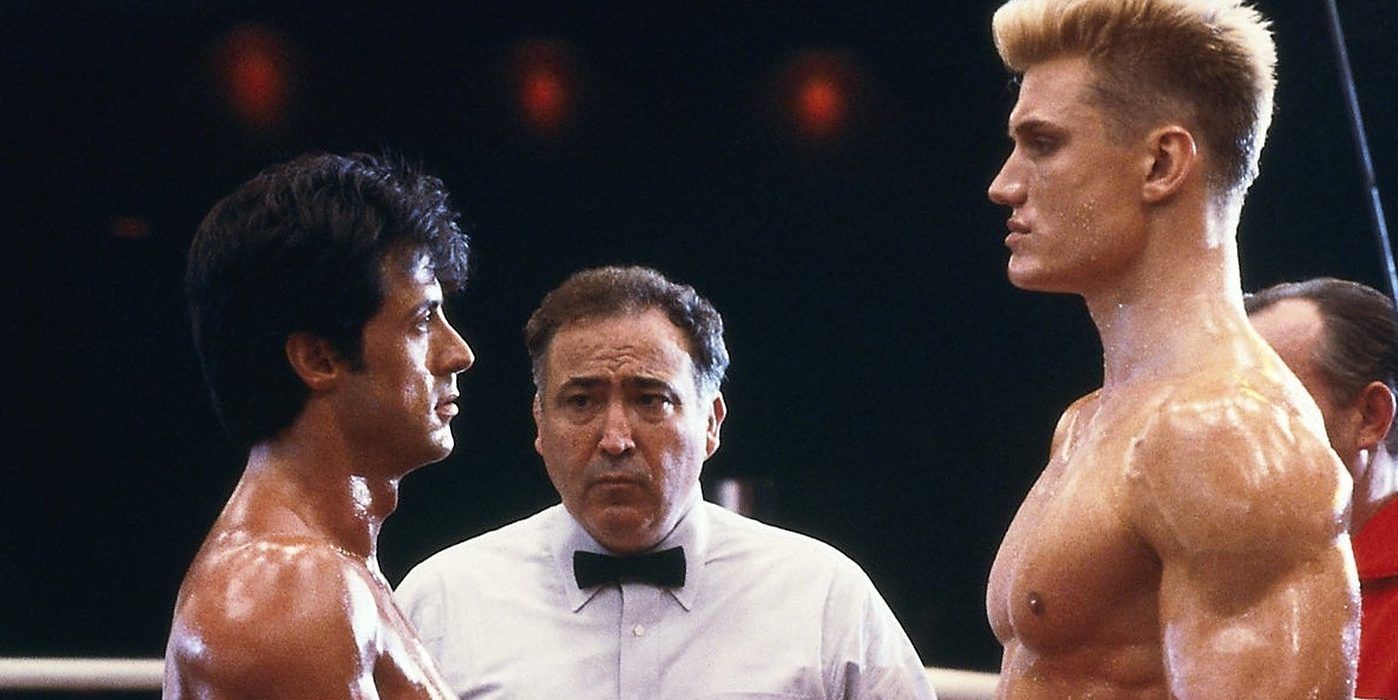The upcoming Rocky IV director's cut demonstrates the best way for filmmakers to revisit their movies after release. Following a furious debate around the ethics of updating existing films, especially concerning widely anticipated features such as DC's Justice League, studios and directors are under the spotlight like never before when it comes to movies that didn't quite meet expectations. However, as Sylvester Stallone is proving with his Rocky update, there is a right way and a wrong way to make adjustments.
Stallone's reimagining of Rocky IV has been in development since August 2020. The original film, which became the highest-grossing entry in the Rocky franchise at the time of release, featured Stallone's Rocky Balboa going toe-to-toe with Soviet Union fighter Ivan Drago. Drago kills Rocky's friend Apollo Creed during an exhibition bout, sparking a feud between the two boxers and, inadvertently, leading to the events of the Creed spin-off series. This new cut of the film was originally intended to coincide with the movie's 35th anniversary and is slated for a November 2021 release.
Although details around the new cut are sketchy, it seems as though Stallone is opting for a darker, more gritty tone. For instance, it has been revealed that Paulie's robot from the original film – one of the few genuine moments of levity – has been replaced. However, beyond the inclusion of subtle changes, the movie also demonstrates how and why director's cuts should be released – namely, that they should be about giving directors the chance to showcase an unadulterated version of their vision, rather than the result of caving into toxic fanbases or nervous studio executives.
Recent years have seen several, extremely vocal demands for alternative versions of unpopular or disappointing movies. These can range from the tongue-in-cheek, such as the so-called "butthole" cut of Cats, to the extremely serious, such as the Justice League Snyder Cut. However, both these examples demonstrate the very worst motivations behind revisiting a film. Calls to update Cats, for instance, may well appeal to a studio desperate to save face after funding an expensive, critically derided flop. Similarly, the much-derided Justice League got a comparably mediocre reboot as a result of passionate, and occasionally toxic pressure from fans. Although arguably well-meaning, both instances miss something essential about how to make a genuinely worthwhile director's cut, which is that the impetuous has to come from the creator behind the original project.
Ultimately, any director's cut should be about getting closer to the original vision, rather than attempting to satisfy what viewers or studios wish they had seen instead. Any other motivation can lead to a dangerous place for the entire industry. By revising existing properties based on the demands of an external audience, the result is a movie-by-committee in which filmmakers try to satisfy everyone and ultimately please no one. There's no doubt that, in the case of fans, most demands come from a place of love. However, as a film like Rocky IV proves, the only way to get a result that can genuinely add something of moral and artistic value is that if the director, and the director alone, is the force behind the project.


